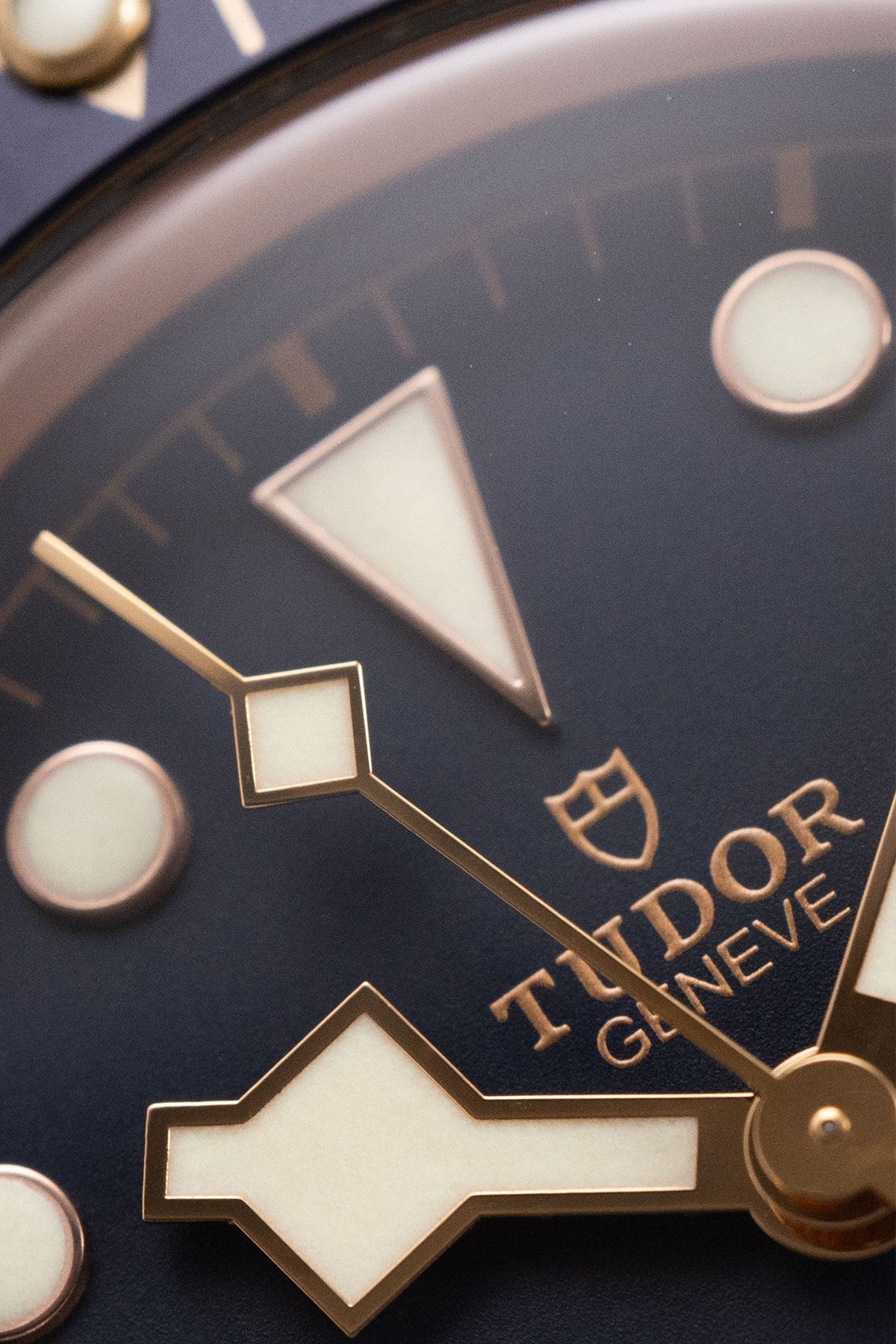The In-House Movement Revolution: How Tudor Quietly Raised the Bar

For years, Tudor was known for reliable watches powered by outsourced movements. There was nothing wrong with that. In fact, those watches built the foundation of Tudor’s reputation for robust, honest timepieces. But something changed in 2015. Without making a fuss or chasing headlines, Tudor began producing its own movements. That decision quietly transformed the brand.
Today, Tudor is one of the few manufacturers offering in-house calibres at accessible prices. It is a move that has raised the brand’s standing among collectors and redefined what people expect from a watch in this price bracket.
A Turning Point
The launch of the MT5621 calibre in the North Flag marked the start of Tudor’s in-house era. It was a bold step. The movement featured a silicon balance spring, a 70-hour power reserve and COSC certification. This was not just about bringing manufacturing in-house. It was about improving performance, reliability and long-term value.
Since then, Tudor has rolled out a full range of movements across the Black Bay, Pelagos and Ranger collections. These calibres share the same focus on stability and practicality, designed for real-world use rather than laboratory numbers.
Built for Purpose
Tudor’s in-house movements are not about showing off. They are designed to be workhorses. They are not the thinnest or most decorated, but they are durable, highly accurate and made to be serviced and worn over decades.
The long power reserve is a genuine benefit for owners. You can take the watch off on a Friday and put it back on Monday without needing to reset it. The silicon components improve resistance to magnetism, which is increasingly important in everyday life.
These are real improvements that matter to people who actually wear their watches.
Quietly Beating the Competition
At the £3,000 to £4,000 price point, most brands still rely on modified off-the-shelf movements. There is nothing wrong with that, but it makes Tudor’s offering stand out. Few other watches in this range deliver the same level of engineering and specification.
Tudor does not make a spectacle of it. There is no sapphire caseback or marketing campaign full of technical jargon. Instead, the value is built in. It speaks for itself.
A Long-Term Strategy
Investing in in-house movements is not just about prestige. It gives Tudor control over its own future. It can develop new complications, refine its designs and manage quality on its own terms.
It also shows a commitment to watchmaking. Rather than chasing trends or cutting costs, Tudor has chosen to invest in substance. That is rare in today’s market, and collectors have taken notice.
Final Thoughts
Tudor did not need to go in-house. Its watches were already well made, respected and popular. But by doing so, it proved something. It is a brand that takes watchmaking seriously. Not just in terms of heritage and style, but in terms of what goes on inside the case.
The in-house movement revolution did not come with fanfare or inflated prices. It came quietly, with purpose and intent. And it is one of the reasons Tudor is now seen not just as an alternative to Rolex, but as a serious watchmaker in its own right.






